KW (Klassische Automobile GmbH & Co. KG) was established by Klaus Werner more than 40 years ago in Wuppertal, Germany. At this time the company was one of the first in Europe specialising in the sales of fine historic automobiles.

At the beginning most of the cars being handled were interesting road going sportscars like a Jaguar E-Type, Shelby Cobra or Mercedes 300 SL.
Over the years, the focus was extended with the sales of rare racing cars with important international race history from the 1930s to the 1970s.
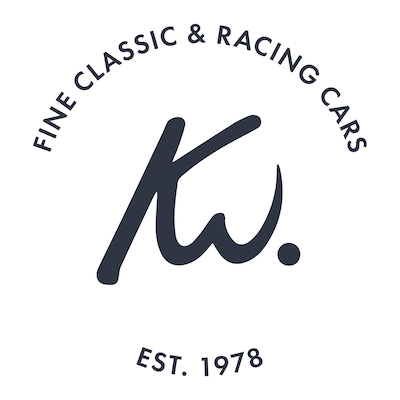 Although KW always preferred to keep the cars in their original state, some of them needed to be fully restored to original specification. Especially in the beginning of developing their business in the early 1980s, they owned several pre-war cars, that had not been used for some decades.
Although KW always preferred to keep the cars in their original state, some of them needed to be fully restored to original specification. Especially in the beginning of developing their business in the early 1980s, they owned several pre-war cars, that had not been used for some decades.
With those projects they were able to establish a good relation to several of the best restoration workshops in the business and contribute to the preservation of automobile cultural assets by bringing those cars back to life.

Most of the cars that KW handled over the years were built by the great and successful Italian manufacturers Alfa Romeo, Ferrari and Maserati – but they also were part time caretakers of other important cars like an Aston Martin DBR1, BMW V12 LM, Bugatti Type 57G, McLaren F1 GTR or Porsche 917. Amongst the cars sold are many Grand Prix, Le Mans and World Sportscar Championship winning chassis. Through the handling of this large spectrum, they were able to build up an extensive photographic and documentary archive and a vast knowledge.
“Besides the sales business we have always focused on participating in historic race or concours events with our own original cars and by this, showing them in their natural environment to the passionate audience. In the 1980s and 1990s we have organised the Pre-War Sportscar Race at the Nurburging Oldtimer Grand Prix and still today compete in important events like the Le Mans Classic, Monaco Grand Prix Historique or Goodwood Revival.”
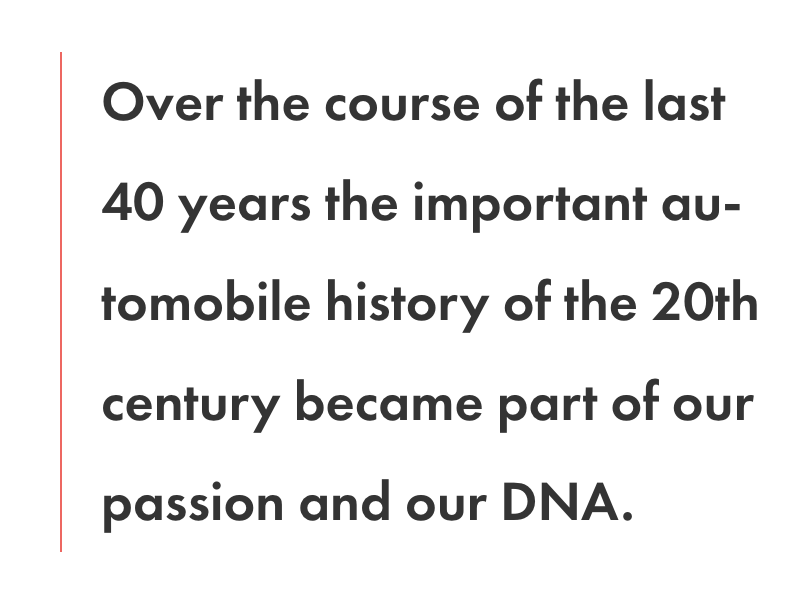
Since late 2015 Max and Moritz Werner, manage the business together with their father Klaus. In November 2020 the company moved to Gruenwald a small village south of Munich, which required Klaus and Max to resign as managing directors. Klaus ist still active as an independent advisor and specialist and Max is running his newly formed company Max Werner Invest GmbH.
About Moritz Werner
Moritz was always surrounded by all the great cars from a very young age. Already in the early years KW was very close to the family home and therefore he was able to join his father in visiting the company’s garages almost on a daily basis.
 Through this, Moritz developed an early interest for automotive technology and hence studying industrial engineering and management in Aachen was a logical step for him. After graduating from university with a “Diplom” he started working for a big German car manufacturer in Munich for several years.
Through this, Moritz developed an early interest for automotive technology and hence studying industrial engineering and management in Aachen was a logical step for him. After graduating from university with a “Diplom” he started working for a big German car manufacturer in Munich for several years.
In his last assignment he was responsible for the cost management of innovative bodywork concepts, when he finally decided to take over the family business and use his corporate knowledge to further develop the commitment of the company to only maintain and sell the best historic and racing cars in the business.
Preferably Moritz likes to participate at historic racing events as a team with his brother Max, lastly at the Goodwood Revival in an Autodelta Alfa GTA and a Ferrari 250 GT SWB Competizione. Moritz is fluent in German, English and French.
Find out more on kw1978.com.
Cars for Sale
1959 Aston Martin DB4 GT

The Aston Martin DB4 GT is the competition version of the DB4 and a direct rival to the successful Ferrari 250 GT SWB Competizione. Prior to the official presentation of the car, it had already shown its potential in international GT racing, when the prototype won its first race at Silverstone in the hands of Stirling Moss.

When developing the DB4 GT, Aston Martin clearly set the target on a lightweight design in combination with a powerful sportscar-racing derived engine.

To improve the performance and handling the DB4 GT’s wheelbase was shortened by 5 inches – compared to a standard DB4 – and the aluminium alloy panels were replaced by magnesium aluminium alloy panels on the “Touring” styled body, which also incorporated a larger air scoop and a more aerodynamic cowled front light design. The power of the 3.7 litre aluminium alloy engine was increased to over 300 bhp by using a twin-plug head, three Weber carburettors and a twin distributor.

In total 75 DB4 GTs were built between 1959 and 1963, of which 45 were right hand drive cars and 30 in left hand drive configuration. The DB4 GT took part in most of the big international GT races, including the 12h of Sebring, 24h of Le Mans and 1000km at the Nürburgring. Find out more
1960 Porsche 356 B 1600 Roadster
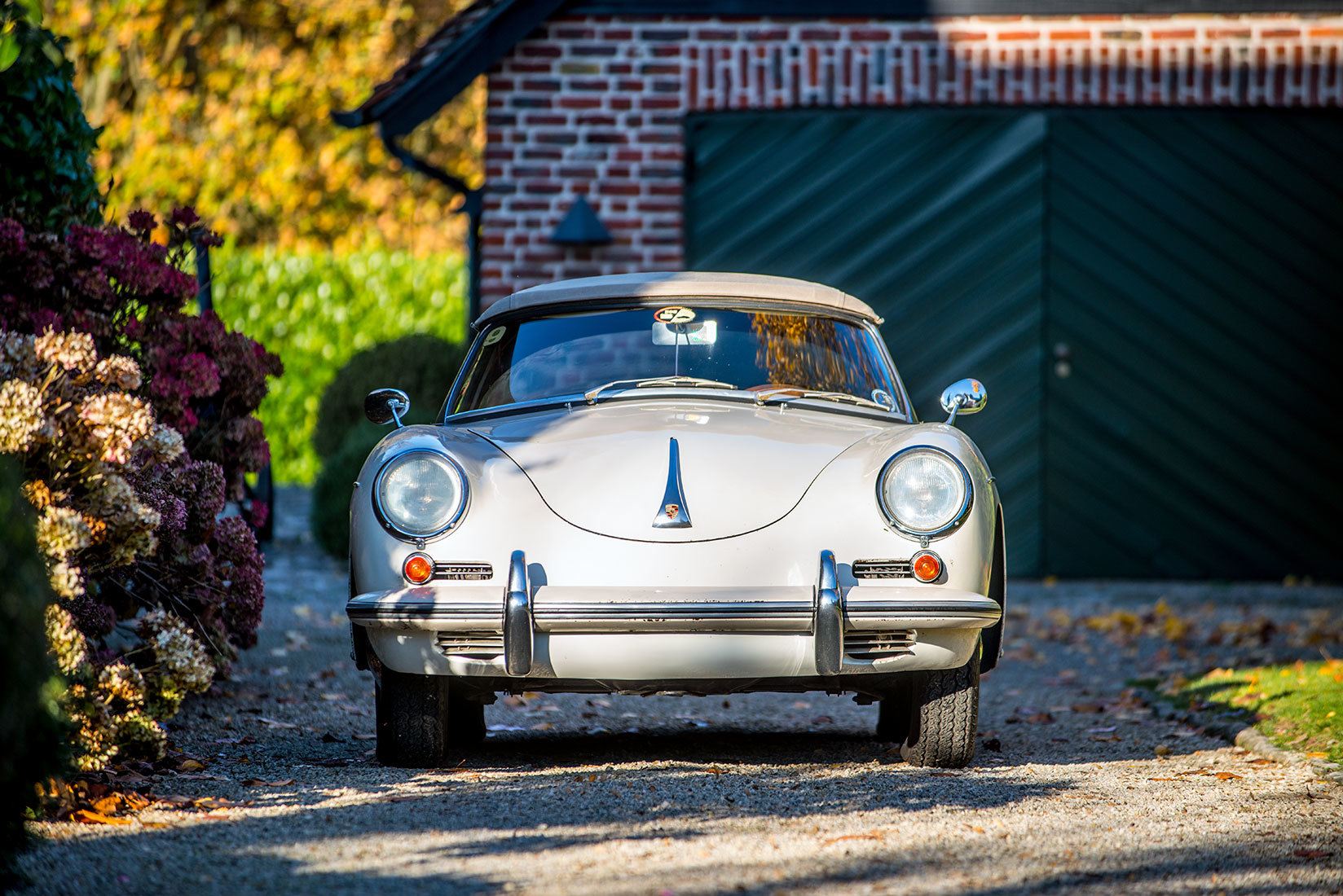
The 356 B Roadster was the successor of the very popular 356 A Speedster and Convertible D. Built from 1959 till 1961 the 356 B was offered in three different body configurations – as a Coupé, Convertible and Roadster. Subtle changes from the A to the B series made the 356 more modern and more comfortable.
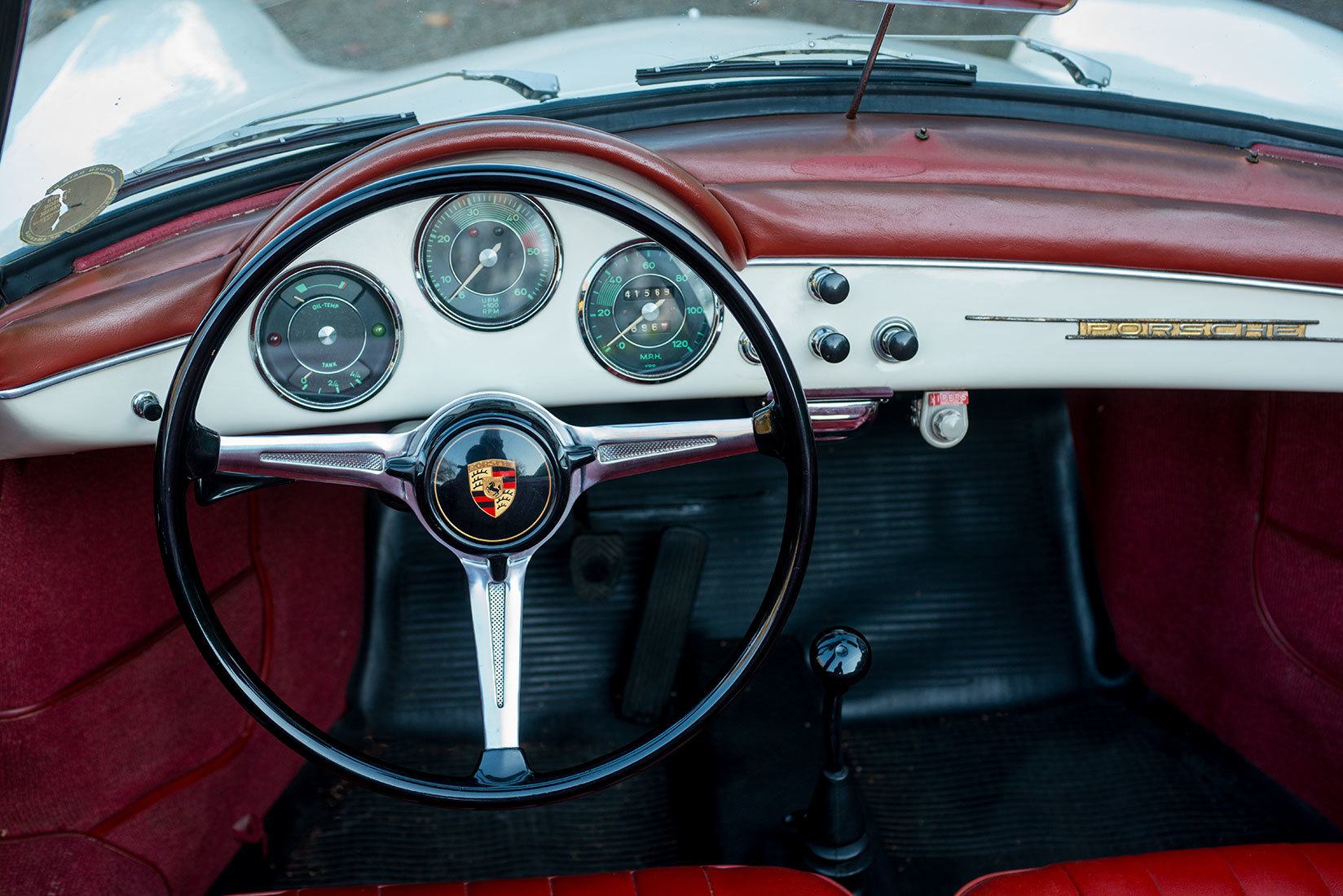
With the internally named “Technical Revision 5” the bumpers and front lights were lifted and placed more upright, the steering wheel was changed to a tulip-shaped design and the chassis was completely revised to enhance comfort and sportiness. Compared to the Speedster, the Roadster received a more upright positioned windscreen resulting in a higher soft-top line and windup side windows instead of the small slip-in windows, that had to be stored in the luggage compartment of the Speedster, if not in use. This all enhanced the waterproofing, interior acoustics and everyday usability of the open-top 356 B sports-model.
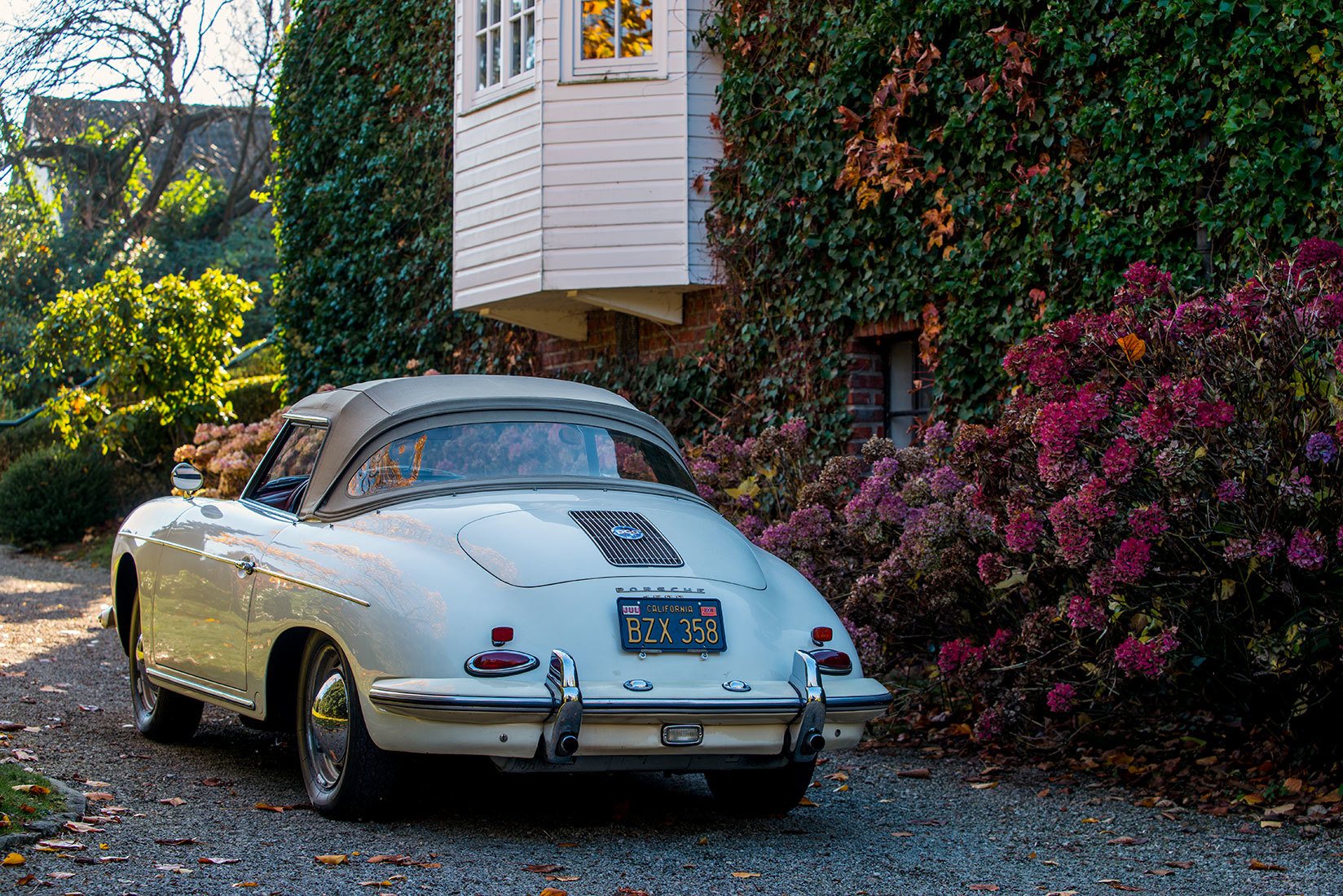
Similar to the Speedster the Roadster was very popular in the United States and most of the cars have been delivered through the official Porsche importer at that time, Max Hoffman in New York. Find out more
1967 Lancia Flaminia 3C 2,8 Super Sport Zagato Coupé

The Lancia Flaminia was produced from 1957 to 1970 in various different versions – with a saloon, convertible and coupe bodywork – and was the successor to the Lancia Aurelia. The coupe and convertible versions had a bodywork designed by the most prestigious coachbuilders in Italy, namely Touring, Pinin Farina and Zagato.

The famous Zagato brand of Milan designed three different coupe versions of the Flaminia over the years, which all had the double bubble roof design incorporated to enhance the passenger space and improve rigidity of the body. While the first two versions were called Sport the last Flaminia Zagato Coupé was called Super Sport.

It was surely due to the extraordinary and beautiful design that famous people from the movie business like Federico Fellini’s favourite main actor Marcello Mastroianni drove a Super Sport Zagato in the late 1960s. Find out more
1980 Interscope Porsche Indycar IP-1
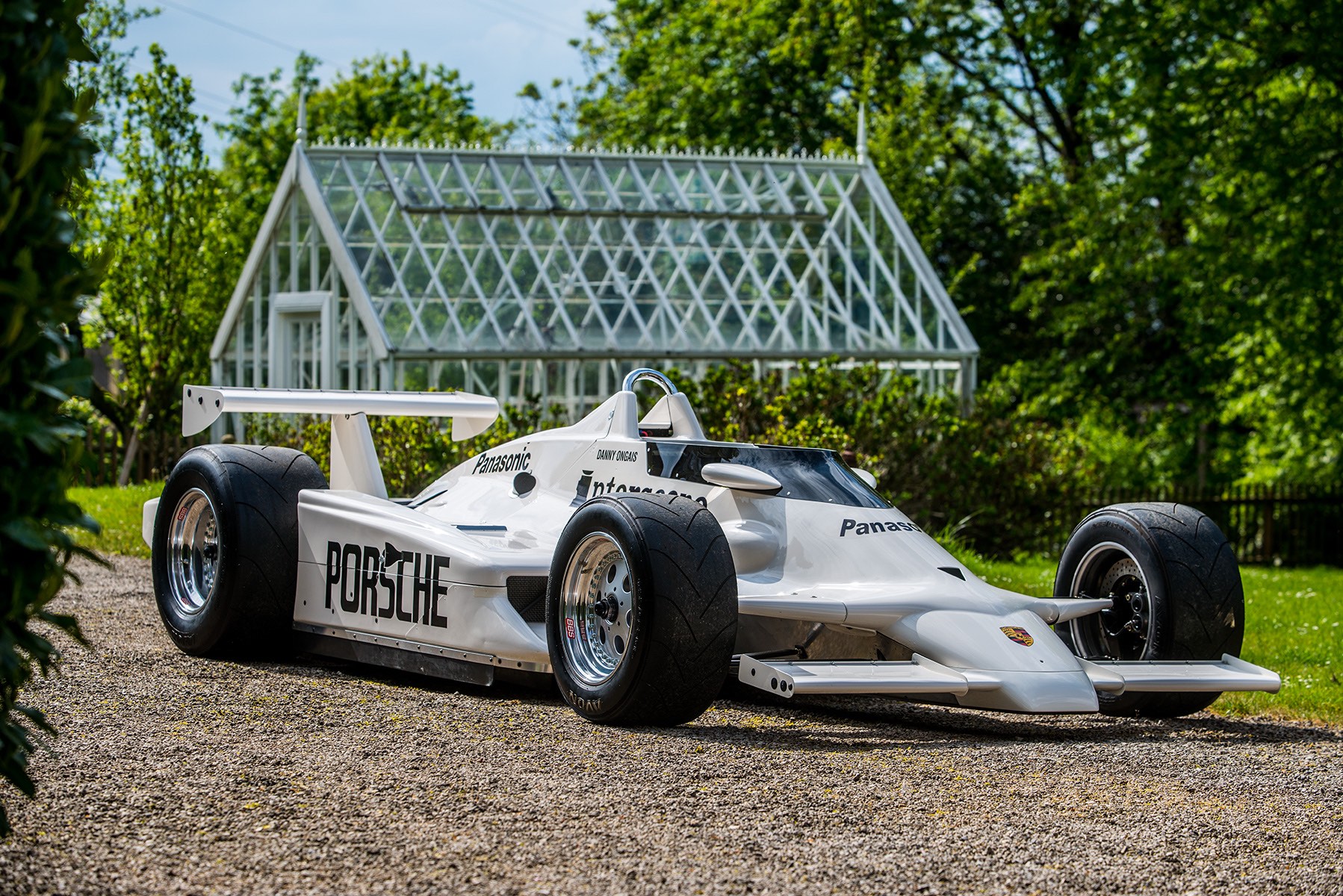
By 1979 the Porsche Motorsport Team had already been very successful in the Sportscar World Championship for 20 years after they had first won the Targa Florio in a Porsche 718 RSK in 1959. Numerous victories at the 24h of Le Mans, 24h of Daytona, 12h of Sebring and other major racing events followed. At that point the management of Porsche decided to increase their racing activities in North America by trying to win the most important racing event in the US – the 500 miles of Indianapolis.
With three victories at Le Mans in works entered Porsche 936s in 1976 and 1977 and a Kremer Racing entered Porsche 935 in 1979, Porsche had a sufficiently powerful and reliable engine for the project. Instead of the dual turbocharged layout of the 935, the USAC regulations for Indianapolis however only allowed a single turbocharger unit and demanded that the engines had to be run with pure Methanol.
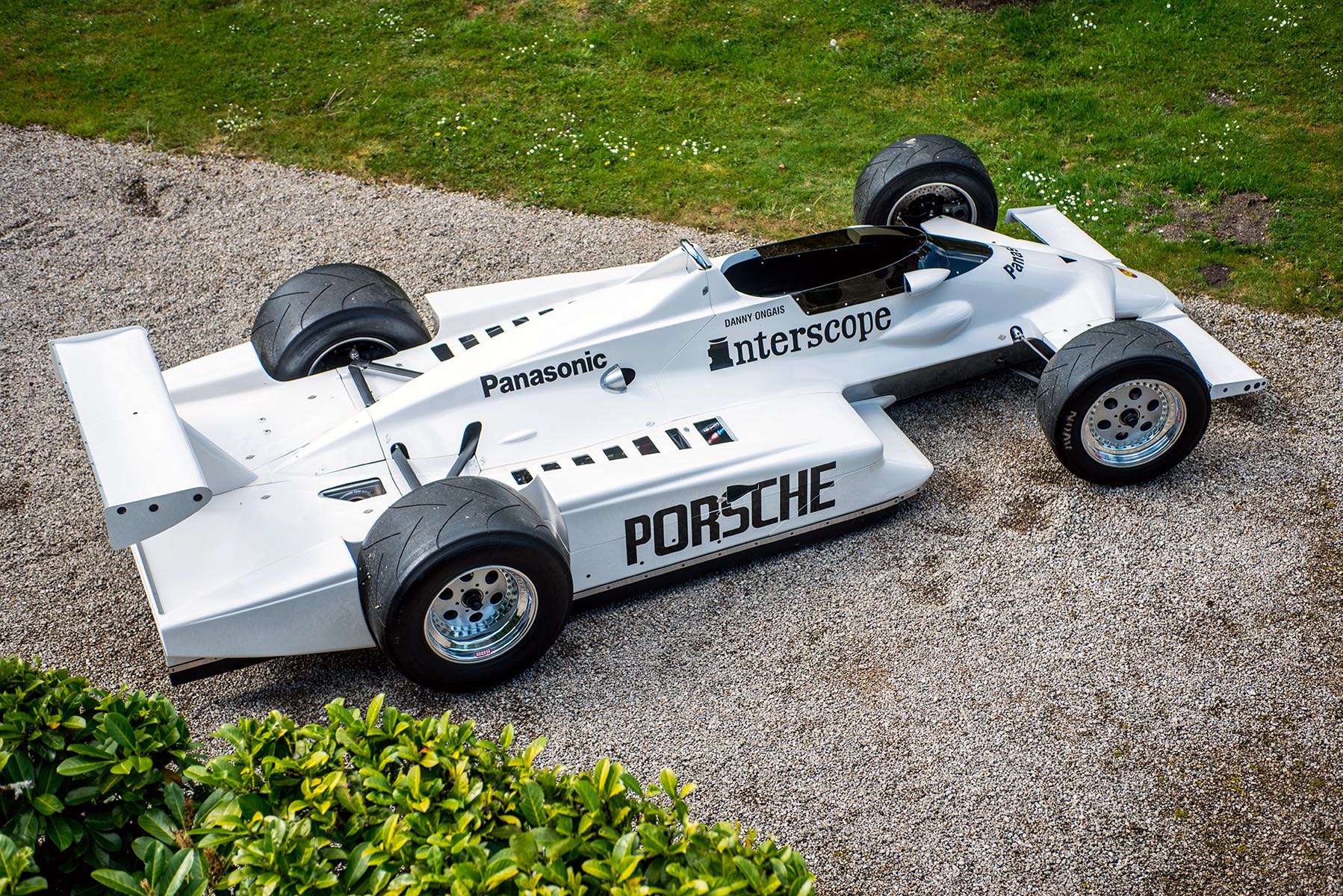
Main personnel to be tasked with the project were Manfred Jantke as project leader and Valentin Schäffer as leading drivetrain engineer. While Jantke had been Head of Porsche Sports and PR since 1972 and already been responsible for all three Le Mans victories, Valentin Schäffer worked for Porsche’s race engine department already since 1955 and was the executing engineer of all Porsche race engine projects designed by Hans Mezger.
Manfred Jantke introduced the Indianapolis project to the public for the first time at the Hilton Hotel in Stuttgart in December 1979 together with their chosen driver – Hawaiian Danny Ongais. The work on the project had already begun in January of the same year with a first visit of Valentin Schäffer at the designated project partner and chassis manufacturer Interscope. Interscope Racing was a successful team in the USAC series since the mid 1970s and even competed in a couple of Formula 1 World Championship races in 1977. At the presentation in Stuttgart Porsche still showed a development and marketing car based on an outdated Parnelli Indycar chassis, since the development of a completely new ground-effect car, designed by Roman Slobodinski, was ongoing at the Interscope workshop in Santa Ana, California. Slobodinski had already been head of design for the Dan Guerney AAR Eagle racecars.
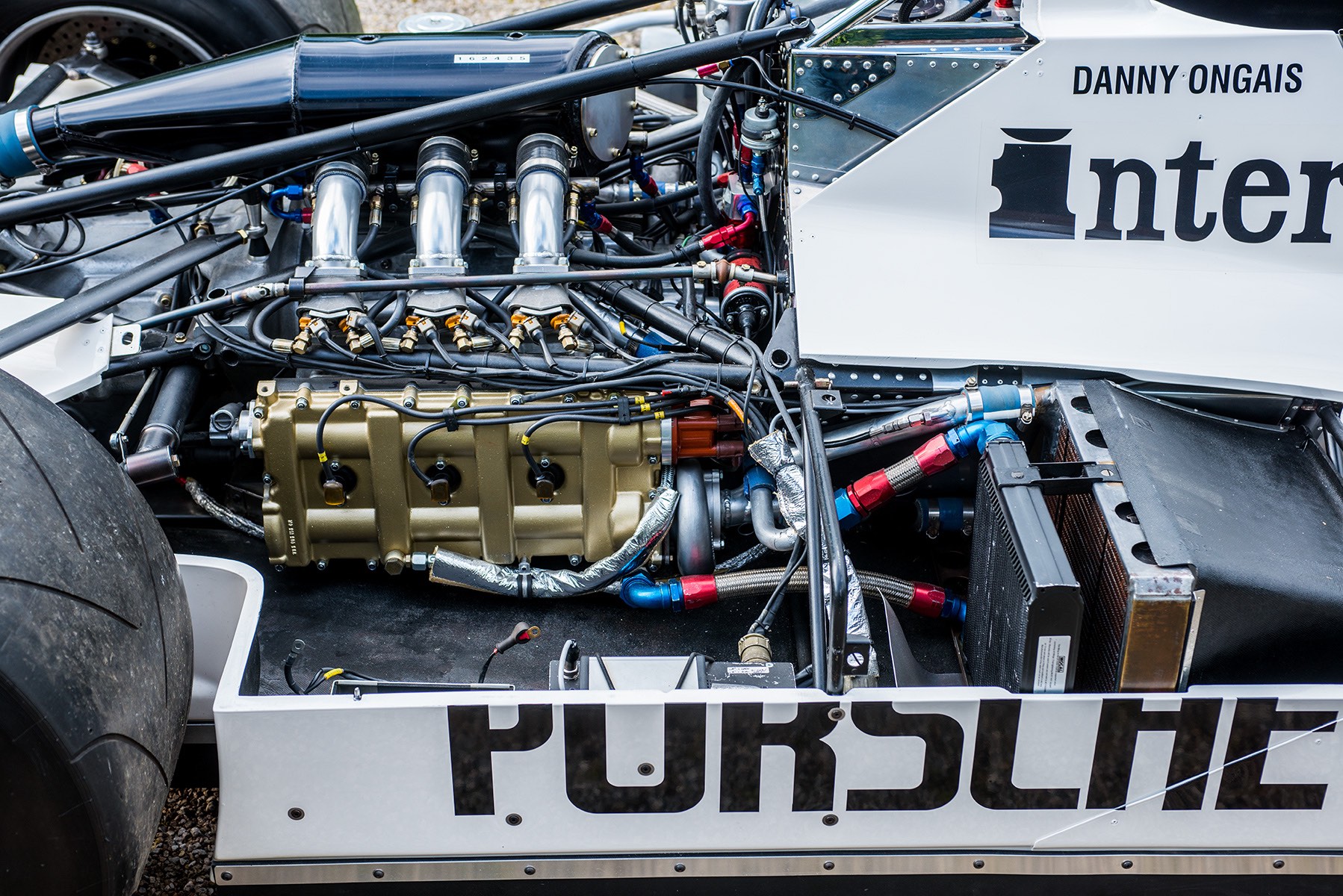
By July 1979 the team had managed to mate the adapted engine to the newly developed Interscope aluminium-monocoque, which needed a subframe to support the non-self-supporting engine unit. To further comply with the USAC regulations the displacement of the engine was reduced in size to 2,649.5 cc, the car received a Porsche four-speed gearbox with dog engagement and the boost pressure was set at 54 inches of mercury, which was in between the allowed boost pressures of four- and eight-cylinder engines of the 1979 USAC regulations. The first successful test of the new car was held on the Ontario Motorspeedway in mid-October 1979. Subsequently the management of the Porsche AG decided to strengthen the cooperation with Interscope Racing and participate at the Indianapolis 500 and the USAC series in the newly developed Interscope Porsche IP-1 at the earliest possible date.
Although Porsche’s assumption that the boost pressure for six-cylinder engines would be set in between the boost pressure of four- and eight-cylinder engines in the official regulations, the USAC struggled to finally make a decision. Rumours spread amongst the well-established Indycar teams that Porsche’s new Indianapolis contender was two seconds quicker at the Ontario Speedway than anyone before. When the team conducted further tests on the track, the Porsche engineers reported that at least one helicopter was watching and supposedly stopping lap times. Nowadays the opinion has taken root that this caused the USAC to decide on setting the boost pressure at only 48 inches of mercury for six-cylinder engines – the same as for eight-cylinder engines. This in turn meant, that the 935/72 Porsche engine in current stage of development would have produced a nominal power that would have left the Porsche team hopelessly uncompetitive. A completely revised short-stroke engine design was necessary. Although Interscope Racing obtained an official approval by the Porsche team during the 1980 24h of Le Mans to continue the development on the car and the new engine, the management of the Porsche AG cancelled all further work in September 1980 on Porsche’s first attempt to compete at the Indianapolis 500. At least two of the newly constructed chassis were reused running for the Interscope team with Cosworth engines the following years.
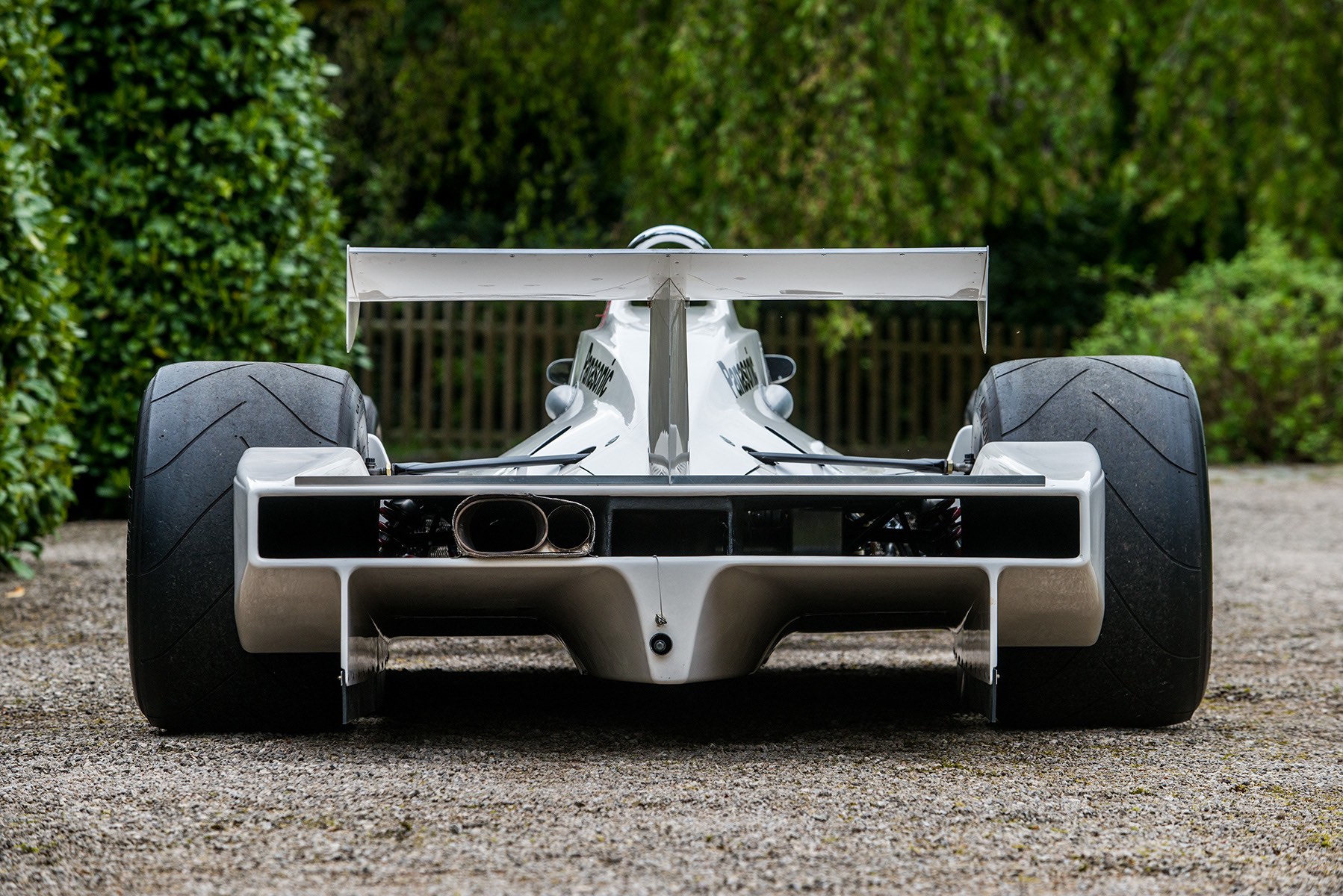
The car we are offering was found at Tom McBurnie’s workshop in Santee, California in 2008 by the current owner. The car was in need of a full restoration, did not have an original engine but was still in the Porsche-spec-state and obviously not one of the cars, that was reused by Interscope in 1981. It took several years until the owner found a possibility to acquire one of the ten original Porsche 935/72 Indycar engines and start the full rebuild. Since official documents and build sheets were unobtainable, the work took another few years to bring the car back to as-close-as-original specifications and fully running order. The restoration was just recently finished and the car should have been shown at one of the great events like the Goodwood Festival of Speed if not for the current special situation. This Interscope Porsche Indycar is an important part of Porsche’s North American racing history and very likely the only car to have survived in original spec. Find out more
2019 Aston Martin Vantage DTM
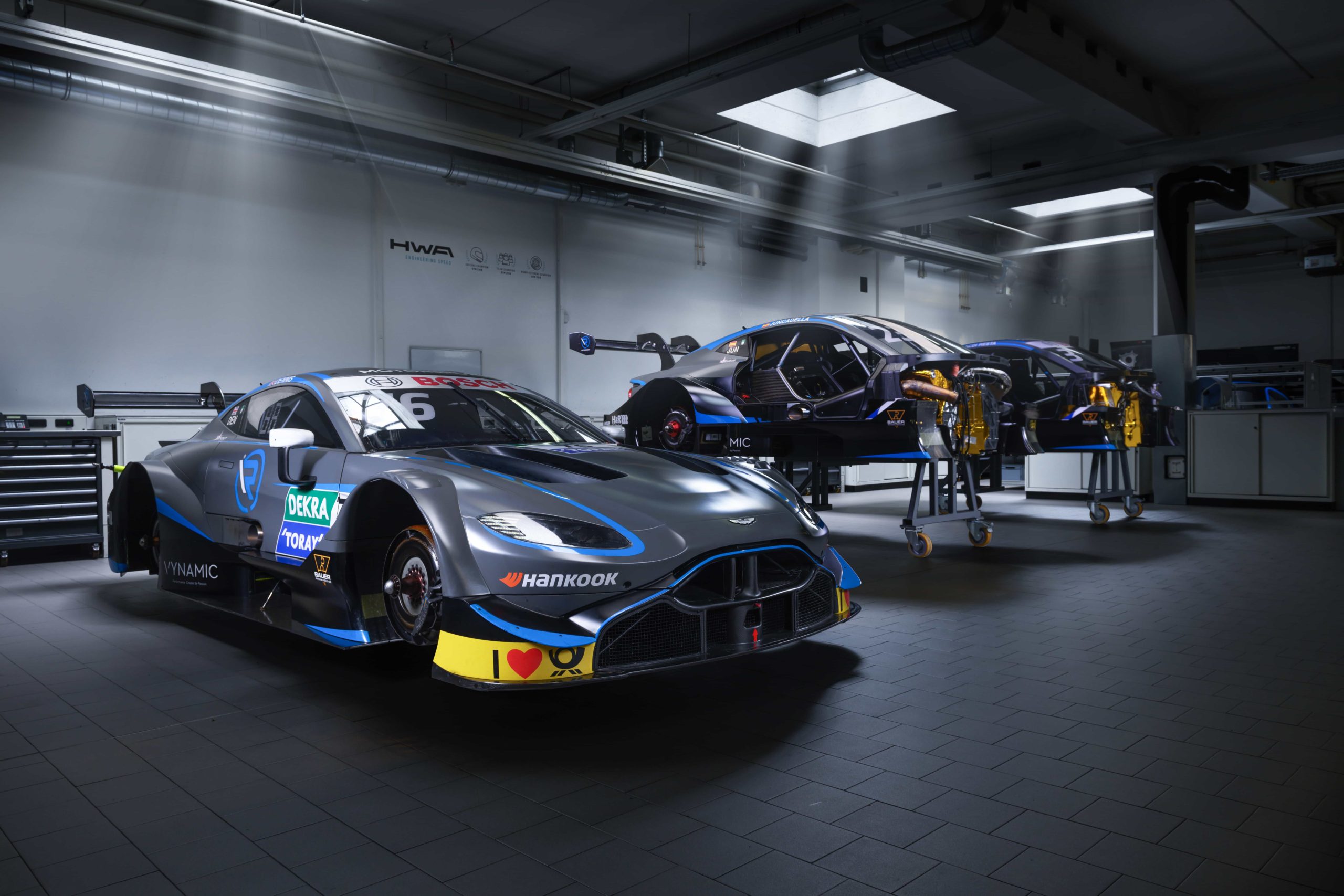
When Mercedes-Benz decided to leave the DTM after the 2018 season, the free capacity at racing partner HWA was used to develop an all-new DTM car for Aston Martin Racing.
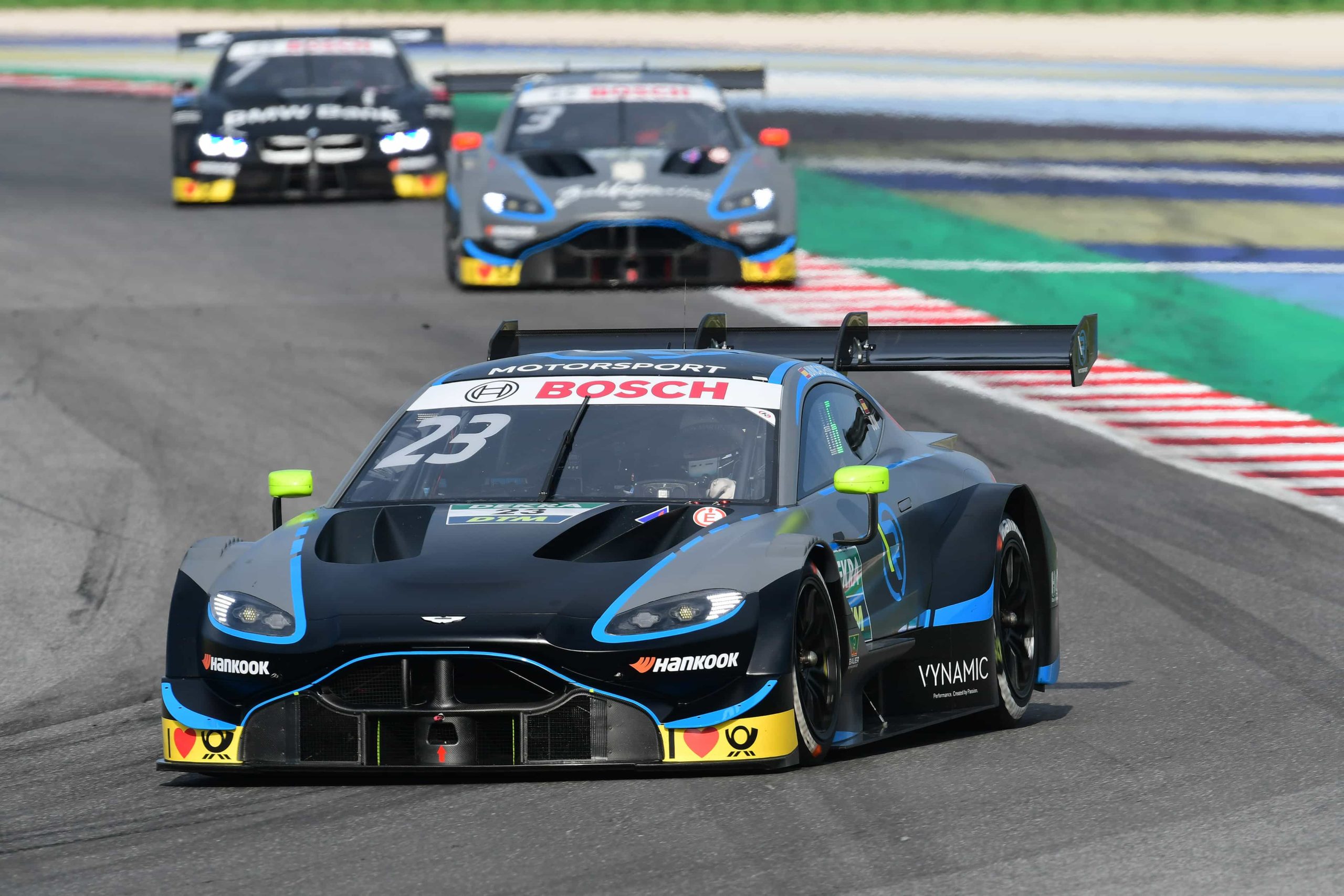
The Aston Martin Vantage DTM is possibly the most beautiful and rarest of all contemporary DTM cars. Four cars were used in the 2019 season driven by Paul di Resta, Jake Dennis, Daniel Juncadella and Ferdinand von Habsburg. An additional car was built and used as a test and spare car. With a minimum weight of under 1.000 kg, the 2019 DTM cars were extremely light. This was partially possible due to the obligation that only two-litre, four-cylinder, turbocharged engines were allowed, which were much lighter and more powerful than the previously used eight-cylinder, naturally aspirated engines. The chassis consists of a full carbon-fibre monocoque with a steel roll-cage. With improved aerodynamics, increased power and a reduction of weight the 2019 DTM cars achieved significantly lower lap times than the previous year’s models and are therefore the ultimate version of the Class-1-DTM car.
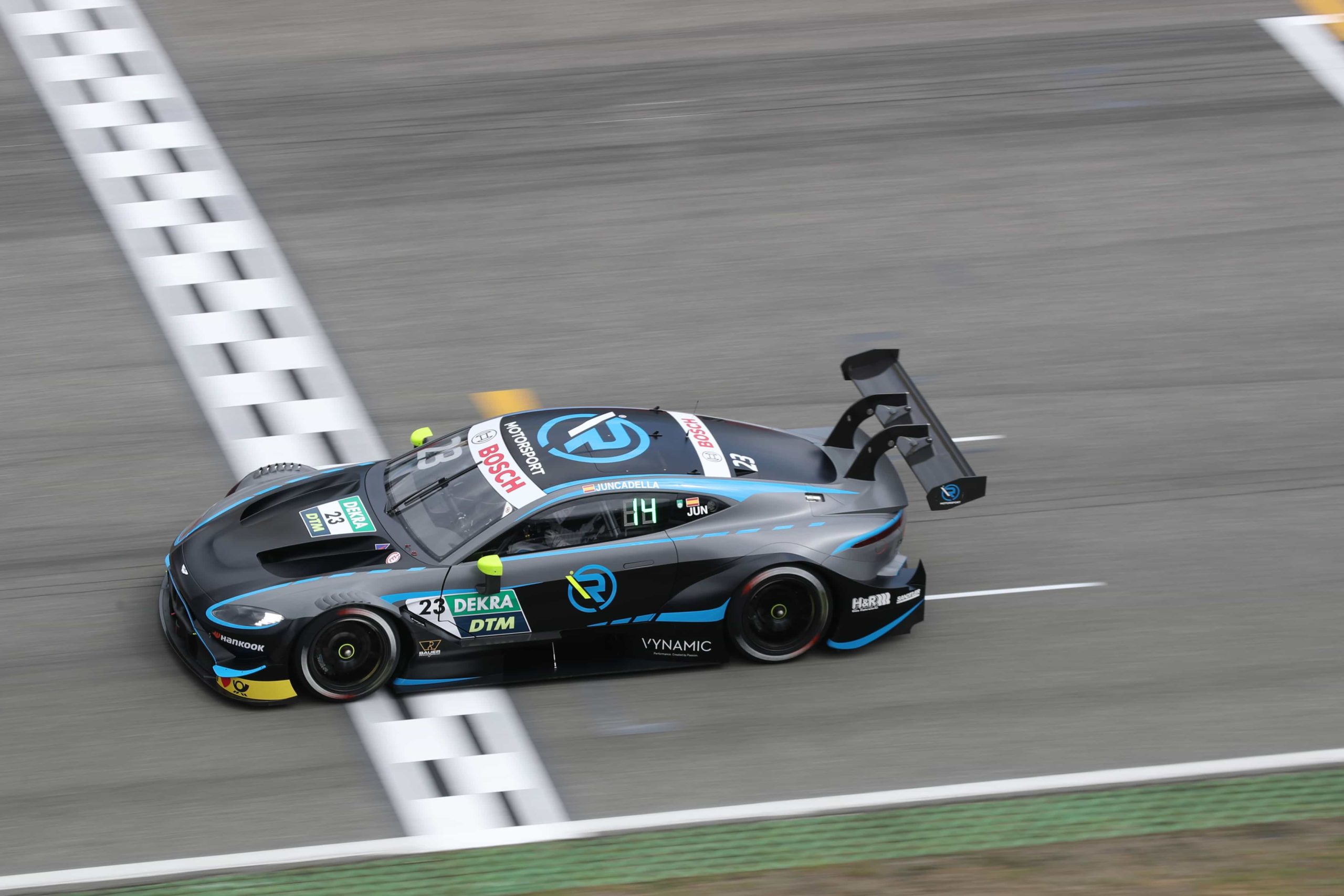
Chassis #1901 was driven by young Austrian Ferdinand von Habsburg, who had his first full season in the DTM in 2019. He finished 13 out of the 18 races. The car has been fully revised by HWA after the season and will be sold with two sets of wheels including new tyres and full commissioning at HWA in Affalterbach, Germany together with the next owner. An extensive spare parts package is available upon request. Find out more
Report by kw1978.com












